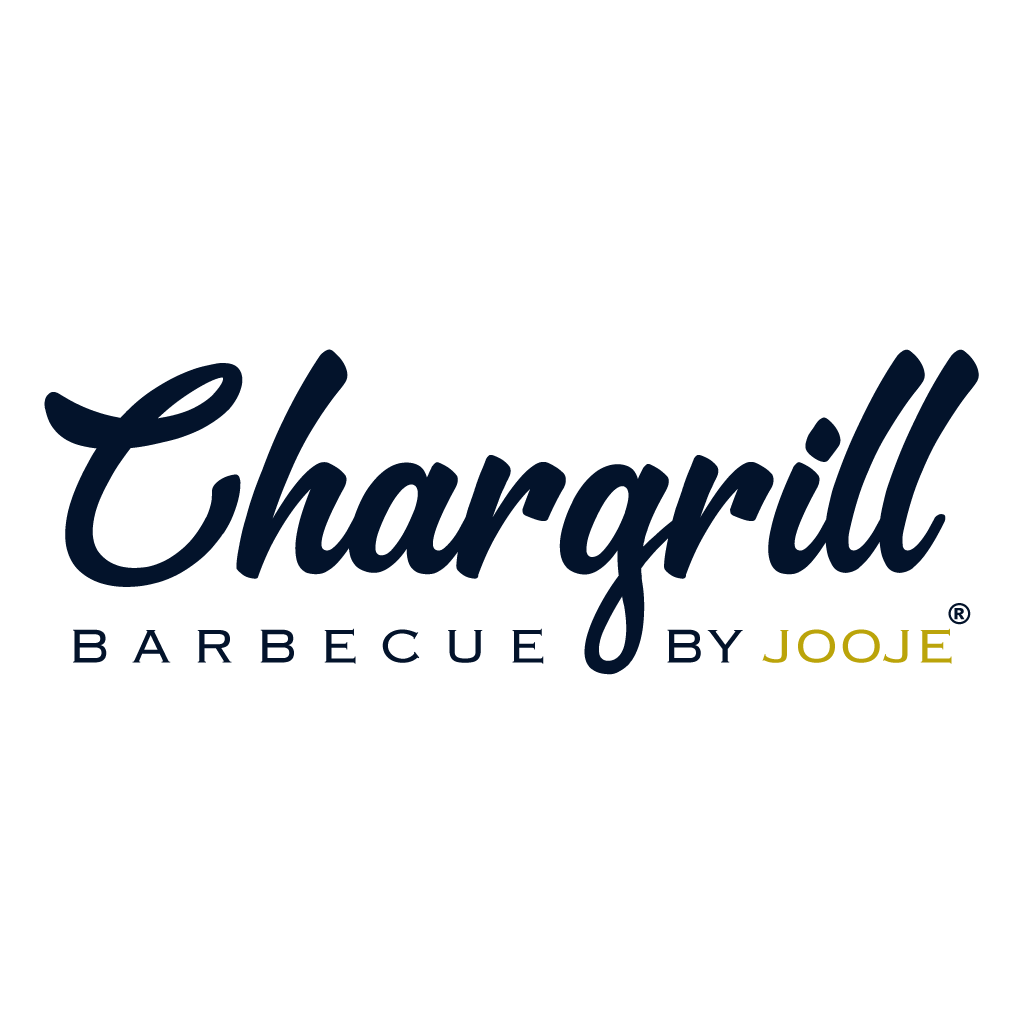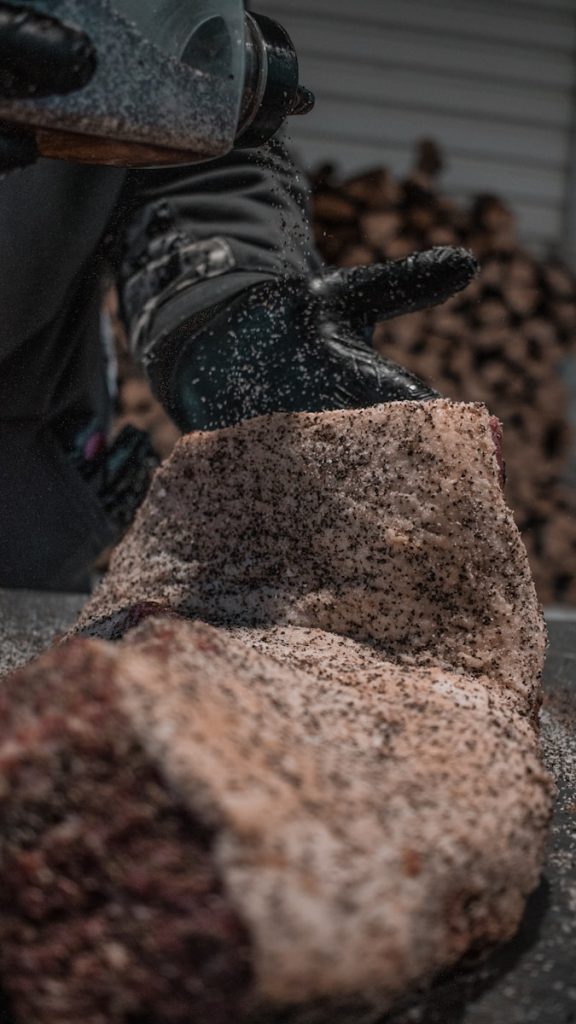Running Professional BBQ catering business presents unique challenges, especially when it comes to keeping food warm while ensuring it remains safe and delicious. Whether you’re catering for a wedding, corporate event, or private party, maintaining the perfect temperature for your BBQ dishes is crucial for guest satisfaction. In this comprehensive guide, we will explore various methods and tips for keeping your BBQ food warm during off-site catering events.
1. Understanding the Importance of Temperature Control
Temperature control is essential in catering for both safety and quality. Improperly stored food can become a breeding ground for bacteria, leading to foodborne illnesses. Additionally, maintaining the right temperature ensures that your food tastes as good as it did when it came off the grill or smoker.
1.1 Food Safety Standards
The Australian New Zealand Food Standards Code sets out the requirements for keeping food at safe temperatures. Hot food should be kept at 60°C or higher to prevent bacterial growth. Understanding these regulations is crucial for any catering business.
1.2 Impact on Food Quality
Beyond safety, temperature control affects the texture and flavour of BBQ dishes. Cold meats can become tough, and sauces can congeal, making the food less appealing. Properly maintained temperatures ensure your BBQ retains its juiciness and flavour.

2. Equipment for Keeping Food Warm
Various types of equipment are designed to keep food warm during transport and service. Investing in the right tools can make a significant difference in your catering operations.
2.1 Insulated Food Carriers
Insulated food carriers, often called Cambros, are essential for any catering business. These carriers are designed to keep food hot (or cold) for extended periods, using thick insulation to maintain temperature.
2.2 Chafing Dishes
Chafing dishes use indirect heat from fuel burners to keep food warm. They are ideal for buffet-style service, allowing guests to serve themselves while keeping the food at the right temperature.
2.3 Electric Warmers
Electric food warmers, such as heat lamps and warming trays, are useful for keeping food warm at the serving site. They provide consistent heat and are suitable for dishes that need to stay hot for extended periods.
2.4 Portable Ovens
For larger events or longer durations, portable ovens can be a great solution. They allow you to reheat food on-site, ensuring it is served at the perfect temperature.

3. Transporting Food Safely
Transporting food from your kitchen to the event site requires careful planning to ensure it stays hot and safe.
3.1 Preheating Equipment
Before loading your food into insulated carriers or other warming equipment, preheat them. This step ensures that the carriers are already at the right temperature, minimizing heat loss during transport.
3.2 Packing Food Correctly
Pack food in shallow, tightly covered containers to retain heat. Avoid overpacking as this can lead to uneven heating. Use foil or plastic wrap to create a tight seal, preventing heat from escaping.
3.3 Timing the Transport
Plan your transport route and timing to minimize the duration food spends outside of controlled temperature environments. Aim to load the food just before departure and unload it immediately upon arrival.

4. On-Site Setup and Maintenance
Once you arrive at the catering site, setting up your warming stations quickly and efficiently is crucial to maintain food temperature.
4.1 Establishing a Warming Station
Set up a designated warming station where all heated equipment is centrally located. This area should be sheltered from the elements and close to the serving area to reduce the distance food needs to travel.
4.2 Managing Heat Sources
Ensure you have enough fuel for chafing dishes or power sources for electric warmers. Monitor the temperature of the food regularly using a food thermometer, adjusting heat sources as necessary.
4.3 Serving in Batches
Instead of putting all the food out at once, serve in smaller batches. Keep the rest of the food in warming equipment until needed. This approach helps maintain consistent temperatures and reduces waste.
5. Specific Tips for BBQ Items
BBQ items like brisket, ribs, sausages, and pulled pork have unique requirements to stay warm and delicious.
5.1 Brisket
Brisket should be wrapped in butcher paper or foil after cooking and kept in an insulated cooler. This method, known as the “faux cambro,” allows the meat to rest and stay warm for hours.
5.2 Ribs
Ribs can dry out quickly if not properly stored. Wrap them tightly in foil and keep them in a warm oven or insulated carrier. Adding a bit of apple juice or BBQ sauce inside the foil can help retain moisture.
5.3 Sausages
Sausages are best kept warm in chafing dishes with a small amount of liquid, such as beer or broth, to prevent them from drying out.
5.4 Pulled Pork
Pulled pork should be kept in a covered dish with a bit of its cooking liquid to maintain moisture. It can be kept warm in a slow cooker or chafing dish.

6. Leveraging Technology
Modern technology offers various solutions to help caterers maintain food temperatures effectively.
6.1 Temperature Monitoring Devices
Use digital thermometers and temperature monitoring devices to keep a close eye on your food’s temperature. Some devices can send alerts to your smartphone, allowing you to monitor remotely.
6.2 Insulated Delivery Bags
For smaller deliveries or individual orders, insulated delivery bags with heating elements can keep food hot during transport. These bags are especially useful for meal prep services or smaller catering gigs.
6.3 Mobile Kitchen Units
Investing in a mobile kitchen unit or food truck equipped with cooking and warming facilities can provide greater flexibility and control over food temperatures during off-site catering.
7. Training Staff
Your staff plays a crucial role in maintaining food temperatures. Proper training ensures everyone understands the importance of temperature control and knows how to use the equipment effectively.
7.1 Food Safety Training
Ensure all staff members have up-to-date food safety training, focusing on temperature control, proper storage, and handling procedures.
7.2 Equipment Operation
Train your staff on how to operate all warming equipment, including setting up, maintaining, and troubleshooting common issues.
7.3 Efficient Service
Teach staff to work efficiently during service, minimizing the time food spends out of warming equipment. Proper coordination and communication are key to maintaining food quality.
8. Adapting to Different Event Types
Different types of events may require different approaches to keeping food warm. Understanding the specific needs of each event can help you plan accordingly.
8.1 Weddings
Weddings often have long timelines with multiple courses. Plan for staggered serving times and ensure you have enough warming equipment to keep all dishes at the right temperature.
8.2 Corporate Events
Corporate events may have more structured schedules. Ensure you have a detailed plan for setting up and maintaining your warming stations, and be prepared for any last-minute changes.
8.3 Private Parties
Private parties can vary greatly in size and format. Be flexible and adapt your warming strategies to suit the specific needs and preferences of the host.

9. Troubleshooting Common Issues
Even with the best planning, issues can arise. Being prepared to troubleshoot common problems can help you maintain food quality and keep your clients happy.
9.1 Equipment Malfunctions
Have backup equipment available in case of malfunctions. This can include extra fuel, portable warmers, or even insulated blankets.
9.2 Temperature Drops
If you notice a significant drop in temperature, quickly identify the source and address it. This may involve adjusting heat sources, adding more fuel, or moving food to a warmer location.
9.3 Unexpected Delays
Delays are common in catering. Keep food warm by wrapping it tightly in foil and blankets, and use insulated carriers to retain heat until it’s time to serve.
Conclusion
Keeping food warm during off-site BBQ catering requires careful planning, the right equipment, and a well-trained team. By understanding the importance of temperature control, investing in the proper tools, and being prepared for any challenges, you can ensure your BBQ dishes are served hot, safe, and delicious, no matter the location.
Whether you’re catering a wedding, corporate event, or private party, these strategies will help you maintain the quality and safety of your food, delighting your clients and their guests



